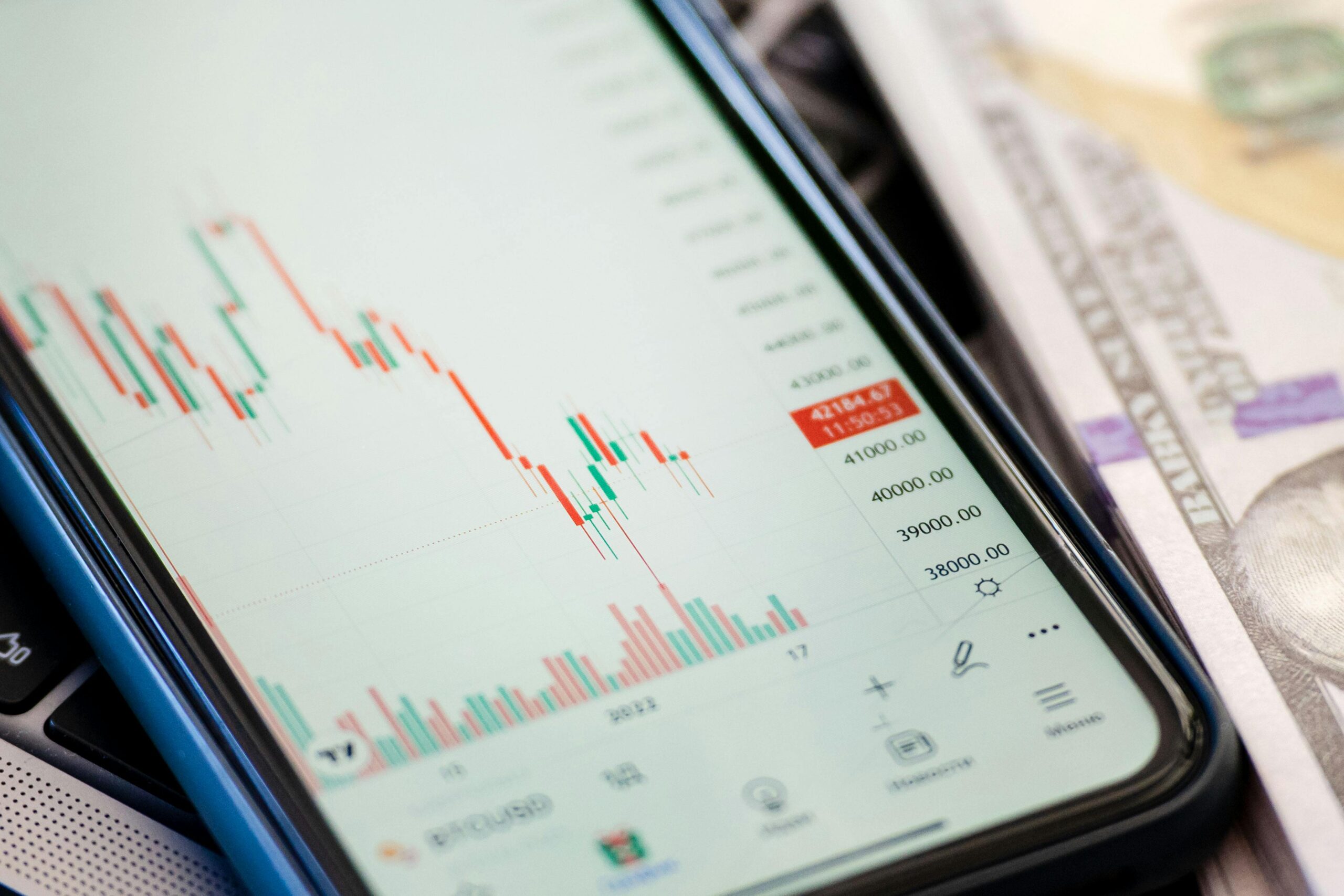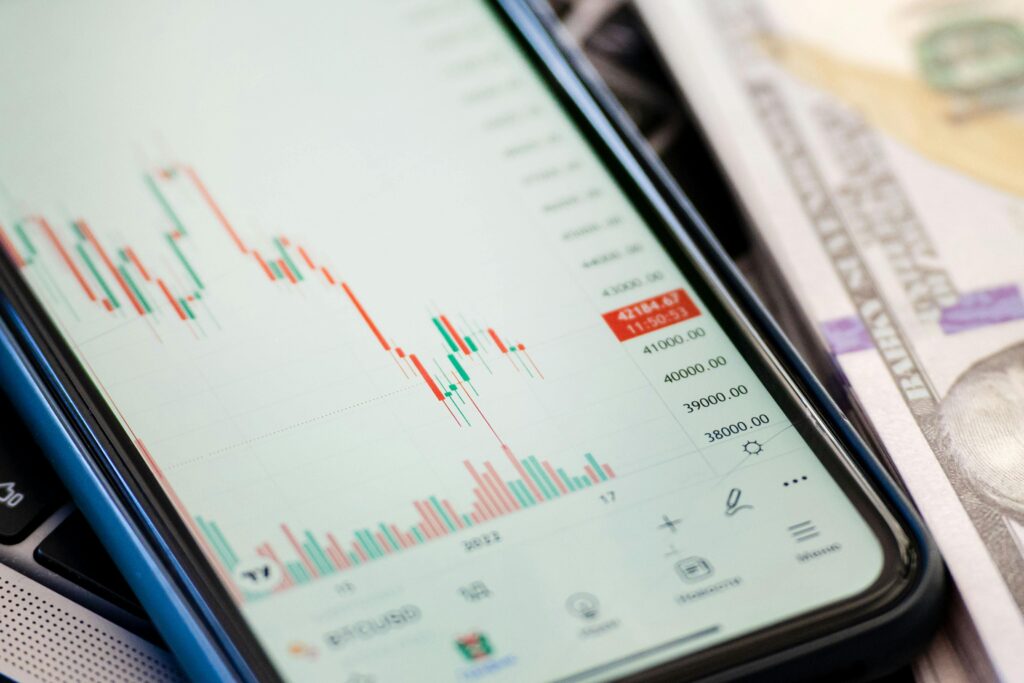
In today’s volatile economic landscape, positioning oneself effectively in currency, stock markets, and commodities is crucial. The strength of the dollar significantly influences global trade dynamics; thus, monitoring economic indicators and Federal Reserve policies can provide insights into currency trends. Investors should consider diversifying their portfolios to hedge against potential losses in turbulent times.
Stock markets can experience significant fluctuations due to geopolitical tensions, interest rate changes, and economic data releases. It’s vital to adopt a proactive investment strategy, focusing on sectors that tend to perform well during downturns, such as utilities and consumer staples.
Commodities, including oil and gold, often serve as safe havens during instability. Understanding supply and demand dynamics is essential for successful investment in this area. By staying informed and adapting strategies accordingly, investors can navigate global turbulence and make informed decisions that enhance their financial resilience.
Current Market Context
Today, the world faces several economic challenges, including high inflation, rising interest rates, and geopolitical tensions. Inflation, a recurring theme, impacts not only consumer purchasing power but also investment decisions. In response, central banks have been raising interest rates to control inflation, which directly affects the stock market and currency valuations.
Additionally, events such as the war in Ukraine and instability in the Middle East contribute to market uncertainty. These situations may lead to increased risk aversion, prompting investors to seek safer assets, such as the dollar and gold.
Positioning in Dollar
The U.S. dollar is often viewed as a safe haven in times of crisis. When there is uncertainty in the market, many investors tend to migrate towards the dollar, typically resulting in its appreciation. For those looking to position themselves in the dollar, it is crucial to consider technical analysis and levels of support and resistance.
Traders should pay attention to critical points, such as the dollar’s support range against other currencies. If the dollar can maintain itself above these levels, it may indicate an upward trend. Additionally, the monetary policy of the U.S. Federal Reserve (Fed) is a crucial factor to monitor. The expectation of rising interest rates can strengthen the dollar, while a scenario of monetary easing may have the opposite effect.
Stock Market Analysis
Stock indices, such as Ibovespa, S&P 500, and Nasdaq, are currently at a critical support testing phase. The performance of these markets is influenced by several factors, including quarterly earnings reports, changes in fiscal and monetary policies, and the global economic situation.
For the Ibovespa, for example, investors should observe the resistance around 120,000 points and the support at 110,000 points. A break below the support could indicate a more pronounced correction phase. The same logic applies to the S&P 500 and Nasdaq. Technology companies, which dominate the Nasdaq, have faced pressure due to expectations of rising interest rates, potentially impacting their valuations.
Commodities: Gold and Oil
Commodities also play a vital role in investors’ portfolios during turbulent times. Gold, traditionally viewed as a protective asset, tends to appreciate during periods of economic uncertainty. Investors looking to hedge against inflation and market volatility should consider including gold as part of their strategy.
Recently, gold prices have shown an upward trend, especially during times of increased uncertainty. Technical analysis can help identify entry and exit points, with support around $1,800 per ounce and resistance at $2,000.
Conversely, oil prices are influenced not only by global demand but also by geopolitical factors. The war in Ukraine and sanctions against Russia have impacted oil supply, resulting in volatile prices. Investors should monitor oil inventories and reports from the Organization of the Petroleum Exporting Countries (OPEC) to better understand price trends.
Conclusion
Global turbulence demands heightened attention from traders and investors. Positioning in the dollar, analyzing stock markets, and keeping a close watch on commodities are crucial for navigating this challenging environment. Volatility can create opportunities but also significant risks. Therefore, technical analysis and understanding macroeconomic factors are essential for making informed decisions.
Investors who stay updated on market trends and global economic conditions will be better equipped to face turbulence and potentially achieve positive returns on their investments. In uncertain times, preparation and strategy become the best allies for those looking to thrive in a challenging market environment. Keeping a diversified portfolio, understanding market signals, and adapting to changing conditions can further enhance one’s investment approach. By maintaining a proactive stance, investors can capitalize on emerging opportunities, ensuring their resilience in an ever-evolving global landscape.
